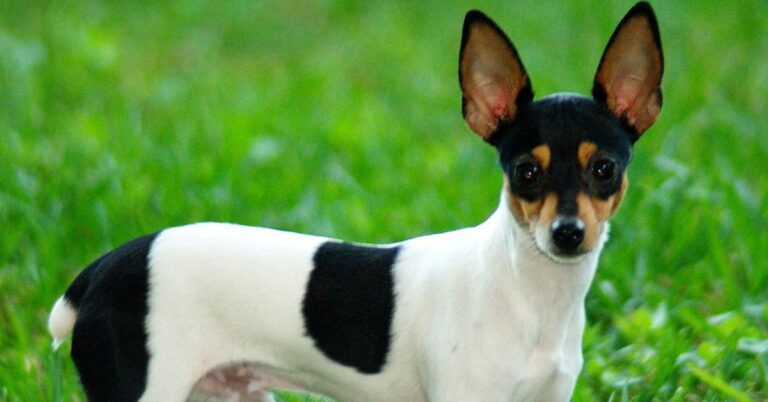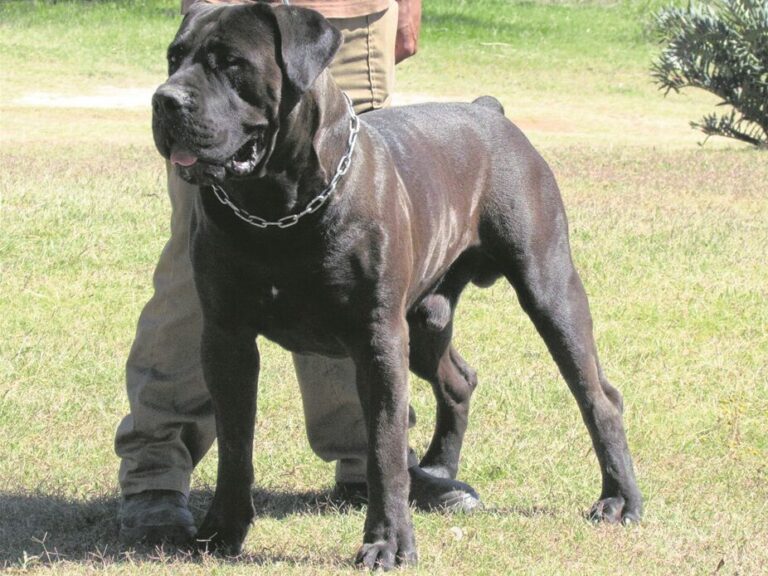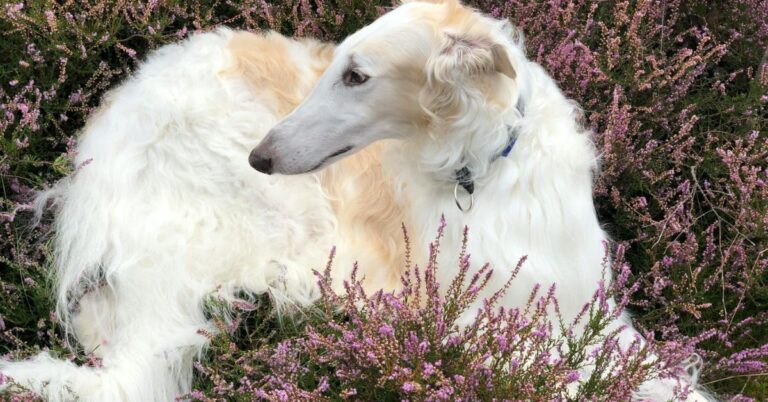10 Traits That Earned The Lancashire Heeler A Place In The Show Ring
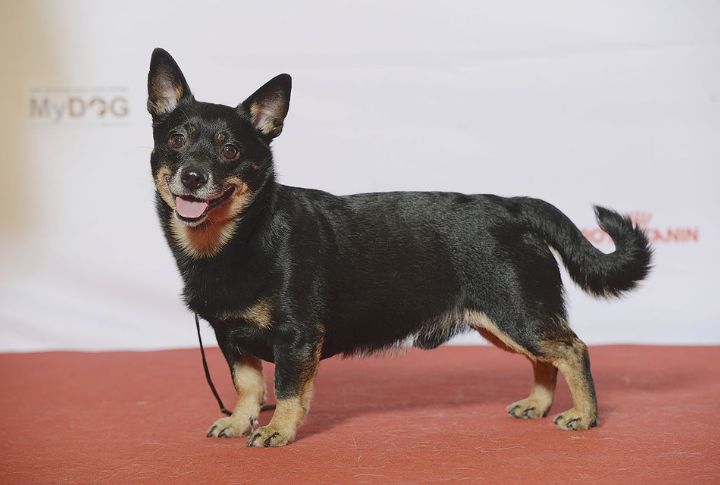
Once a clever cattle herder in the British countryside, the Lancashire Heeler is now an AKC-recognized breed and made its debut at the 2024 Westminster Kennel Club Dog Show. Small in size but packed with personality, this breed has officially joined the National Dog Show lineup. But what makes it ring-ready? These ten standout traits explain why judges are taking notice.
Compact And Balanced Structure

The Lancashire Heeler meets ideal conformation standards with its compact frame and moderate bone. Its proportions support agility without appearing fragile. Judges value this physical balance because it reflects functionality and overall soundness at the national shows.
Alert And Intelligent Expression
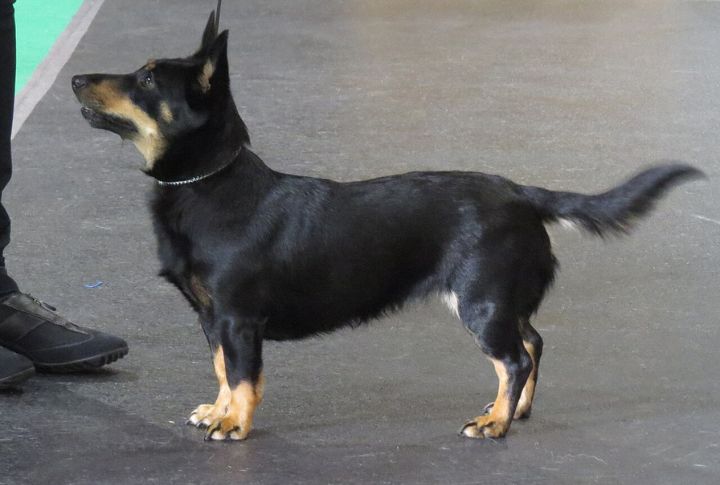
Expression matters in the ring. The Heeler’s keen, observant gaze communicates high awareness and quick thinking. Judges look for alertness without nervousness. Combined with its confident stance, this breed’s expression sets it apart as attentive and ready, qualities that translate well during high-pressure show routines.
Smooth And Confident Gait
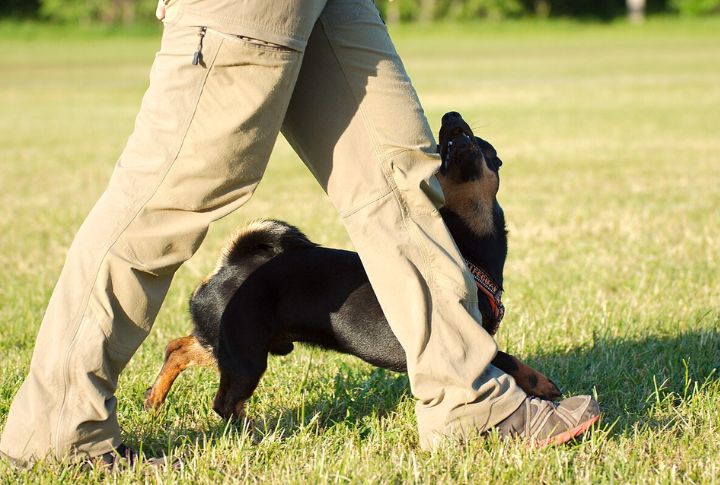
Movement reveals structure. The Lancashire Heeler moves with smooth, low-reaching strides that show off its efficient build. Judges observe gait closely to assess balance, muscle tone, and ease. A natural, ground-covering trot tells experts the dog can perform, not just pose.
Double Coat With Distinct Texture
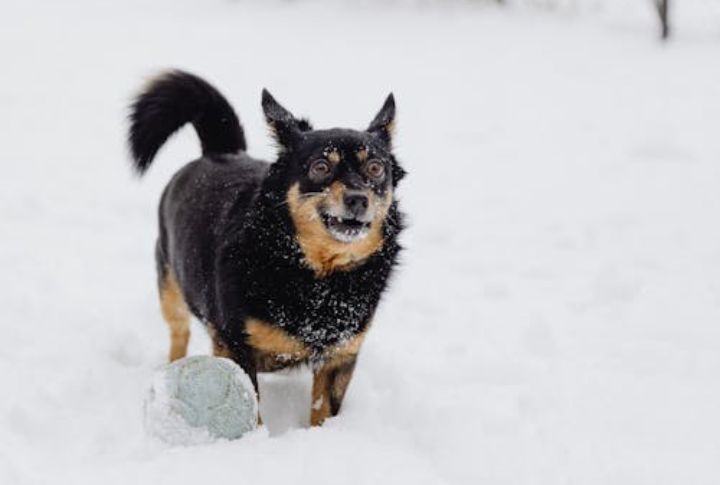
Its short, weather-resistant coat consists of a harsh top layer and a soft undercoat. The texture stays true to its working origins while still offering a clean, groomable presentation. Judges appreciate how this coat type combines functionality with aesthetics, creating an overall tidy and purpose-driven appearance.
Unique Heeler Smile
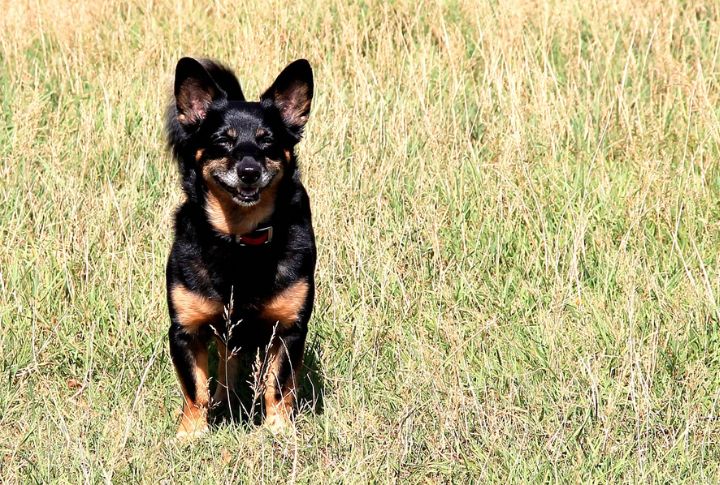
While not a required trait, the Heeler’s grin is often discussed by handlers and fans alike. This expressive feature gives the dog a memorable edge in the ring. Judges may not score on smiles alone, but breed-specific quirks like this contribute to personality and presence.
Head Shape That Reflects Breed Identity
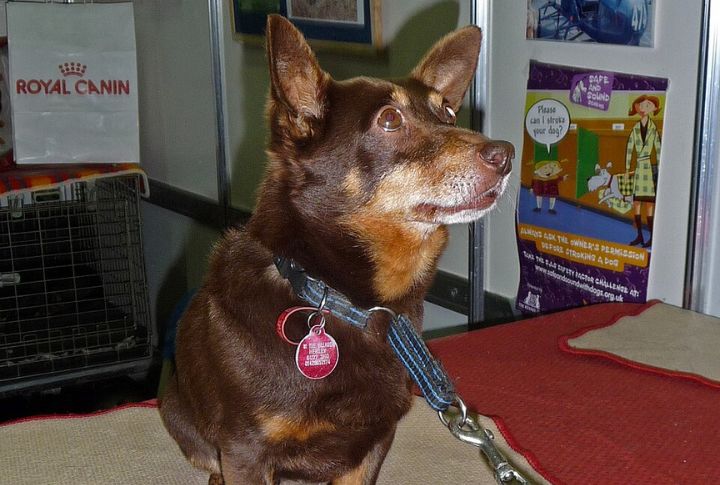
The head must match the standard. For the Lancashire Heeler, that means a broad skull tapering to a defined muzzle with clean lines. Judges assess this shape as a key breed marker. It reinforces identity and function, especially for a breed transitioning from work to competition.
Ear Shape And Set That Signal Alertness
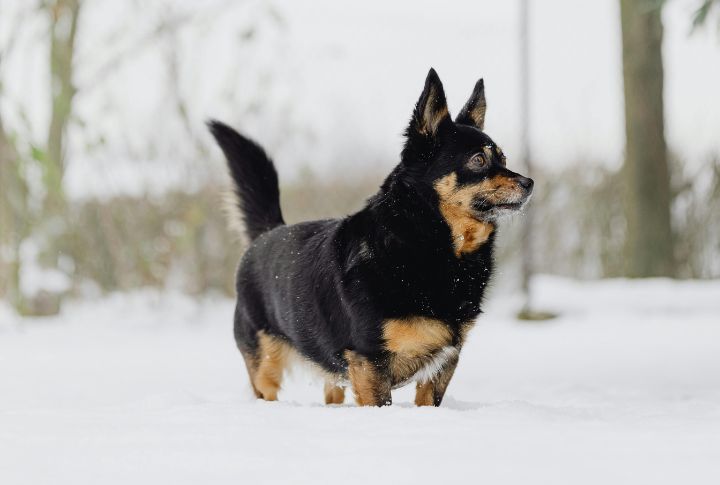
Upright, moderately large ears give the Heeler a sharp, alert silhouette. Judges evaluate how well ears complement the head and support expression. Placement and carriage matter. Floppy or low-set ears can detract from conformation, making the proper set a subtle but influential trait in the show ring.
Adaptability In Competitive Settings

Confirmation events are loud, crowded, and unpredictable. The Heeler’s steady nerves and comfort in indoor arenas give it an advantage. Judges favor dogs that maintain composure under pressure. This adaptability, developed from working roots, makes the breed reliable on the floor and consistent through multiple show rounds.
Strong Handler Bond
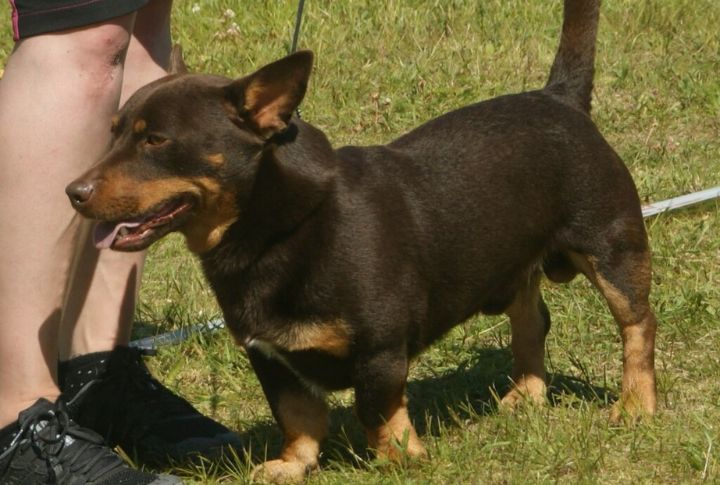
Performance in the ring requires synchronization. Lancashire Heelers form strong working relationships with handlers, responding quickly to subtle cues. Judges look for poise, not just appearance. That confident presentation, built on trust and cooperation, demonstrates the dog’s trainability and reliability, both important attributes in competitive conformation events.
Increasing Genetic Health Transparency

Health directly affects competitiveness. The Lancashire Heeler’s eligibility reflects successful screening for known issues like eye disease and patellar luxation. With AKC recognition, breed-specific testing became standardized. Judges value sound dogs, and health certifications show breeders are committed to maintaining long-term quality in show specimens.
